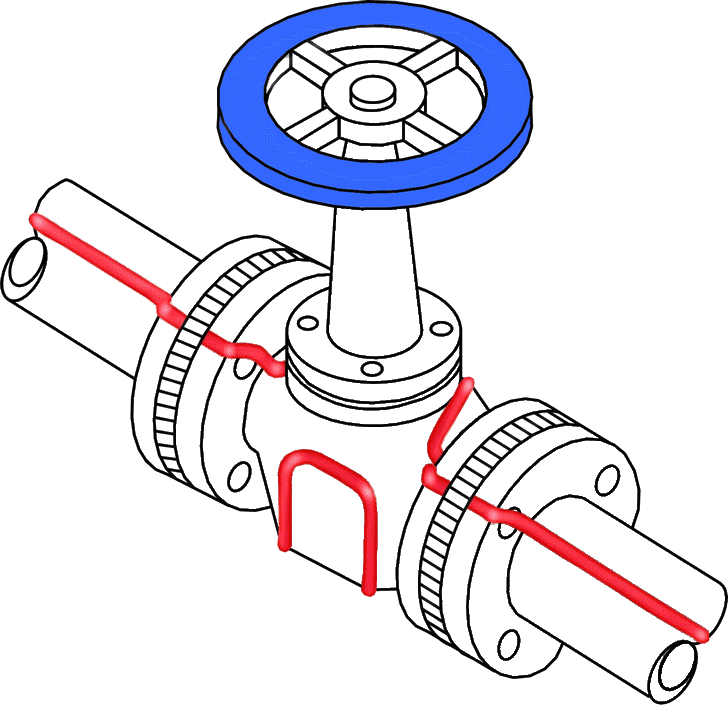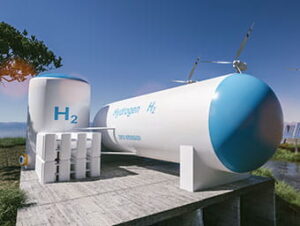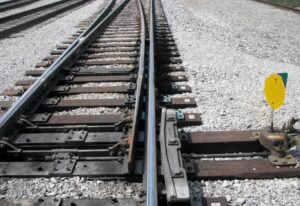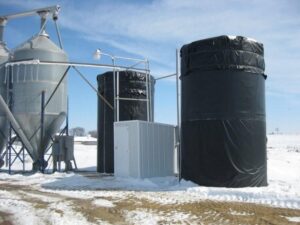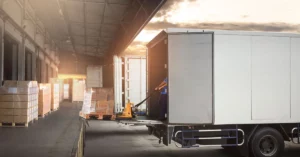Enhancing Process Efficiency and Safety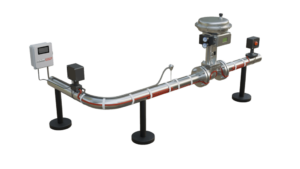
Trace heating plays a crucial role in various industries, ensuring the smooth operation of pipes and vessels by preventing freezing, maintaining process temperatures, and safeguarding against potential hazards. This article explores the significance of trace heating, its applications, and the benefits it provides in terms of efficiency and safety.
Let’s Begin!
Preventing Freezing:
Firstly, pipe and vessel trace heating is vital for preventing freezing in cold climates. It maintains the required temperature levels, ensuring fluids flow smoothly. Moreover, by utilizing self-regulating heating cables, freezing risks are significantly minimized.
Maintaining Process Temperatures: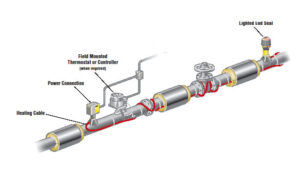
Secondly, trace heating systems excel at maintaining optimal process temperatures. They apply constant and uniform heat, ensuring the desired temperature throughout the system. This allows industries to operate smoothly and efficiently.
Enhancing Energy Efficiency:
Additionally, trace heating systems equipped with advanced insulation and control technologies contribute to energy efficiency. They minimize heat loss and reduce power consumption. With proper insulation design and materials, heat is retained within the system, resulting in energy savings while maintaining the desired temperature.
Ensuring Safety:

Furthermore, trace heating is crucial for ensuring safety in industrial environments. It protects pipes and vessels from potential hazards by preventing condensation and eliminating the risk of corrosion. This helps maintain structural integrity and prevents leakage.
Applications in Various Industries:
Moving on, the versatility of trace heating systems allows their implementation in a wide range of industries. In the oil and gas sector, trace heating safeguards pipelines, tanks, and equipment from freezing, ensuring uninterrupted operations. Similarly, in chemical processing, it prevents the solidification of chemicals, maintaining fluidity and process efficiency. Moreover, in the food and beverage industry, trace heating ensures proper temperature during storage, transportation, and processing, preserving quality and meeting regulatory requirements. Additionally, in the pharmaceutical sector, it maintains the temperature integrity of critical processes, ensuring the efficacy and stability of pharmaceutical products.
Installation Considerations:
When it comes to installation considerations, we need to consider several factors. Firstly, proper cable selection is crucial for optimal performance, taking into account temperature range and environmental conditions. Secondly, following manufacturer guidelines for cable routing, spacing, and termination ensures efficient heat distribution and long-term reliability. Lastly, employing intelligent control systems enables accurate temperature regulation and helps identify potential issues promptly.
Heating Cables: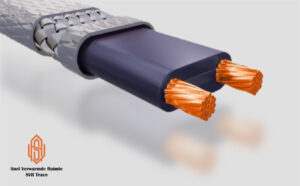
At the core of trace heating systems are heating cables. There are two main types: constant wattage cables and self-regulating cables. Constant wattage cables provide a consistent power output along their entire length, and they are typically used in applications where a fixed heat output is required. On the other hand, self-regulating cables are equipped with a conductive polymer core that adjusts its heat output based on temperature changes. As the temperature decreases, the polymer contracts, increasing the cable’s heat output. Conversely, as the temperature rises, the polymer expands, reducing the heat output. This self-regulating feature makes them highly efficient and energy-saving.
Insulation:
In addition, insulation plays a crucial role in minimizing heat loss and ensuring efficient heat distribution. To create a thermal barrier, insulation materials such as mineral wool, fiberglass, or foam are applied around the pipes or vessels. This prevents heat from escaping into the surrounding environment and maintains the desired temperature within the system.
Control and Monitoring: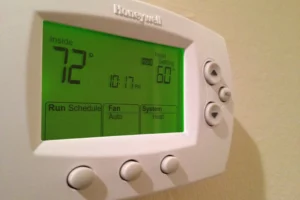
Moreover, to ensure precise temperature control and monitor the performance of the trace heating system, we use intelligent control systems and sensors. These systems allow operators to set and adjust temperature parameters, ensuring that the heat output matches the process requirements. Additionally, sensors can detect any deviations from the desired temperature range, triggering alarms or alerts for prompt action.
Power Distribution:
Lastly, trace heating systems require a power supply to operate. We can use specialized power distribution units provide the necessary electrical power to the heating cables. These units often include features such as circuit breakers, ground fault protection, and temperature controllers to ensure safe and efficient operation.
In summary
pipe and vessel trace heating systems are essential for maintaining process efficiency and safety in various industries. By implementing proper installation practices and utilizing heating cables, insulation, control systems, and power distribution units, companies can enhance operational efficiency, prolong equipment lifespan, and ensure a safe working environment.

